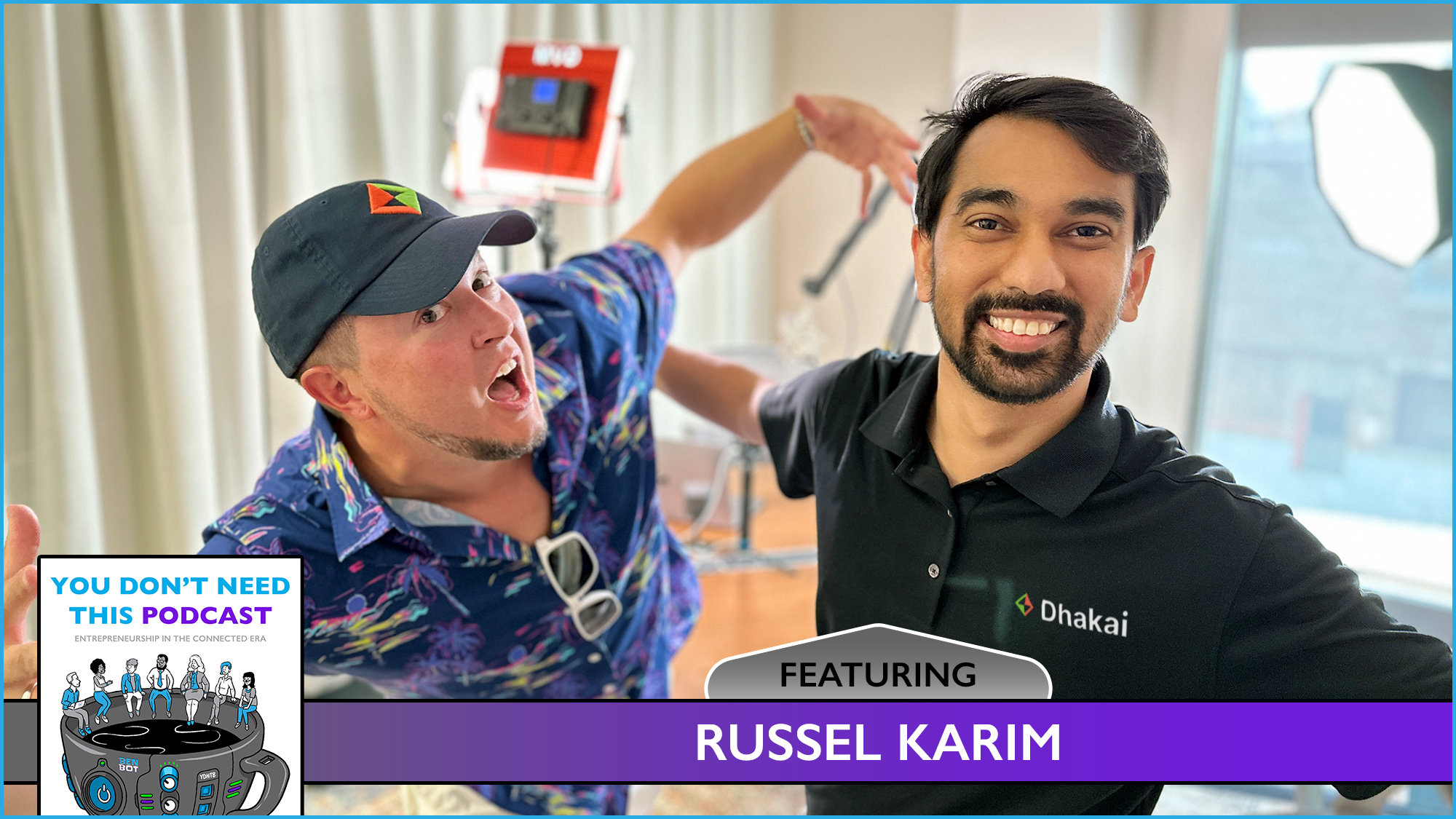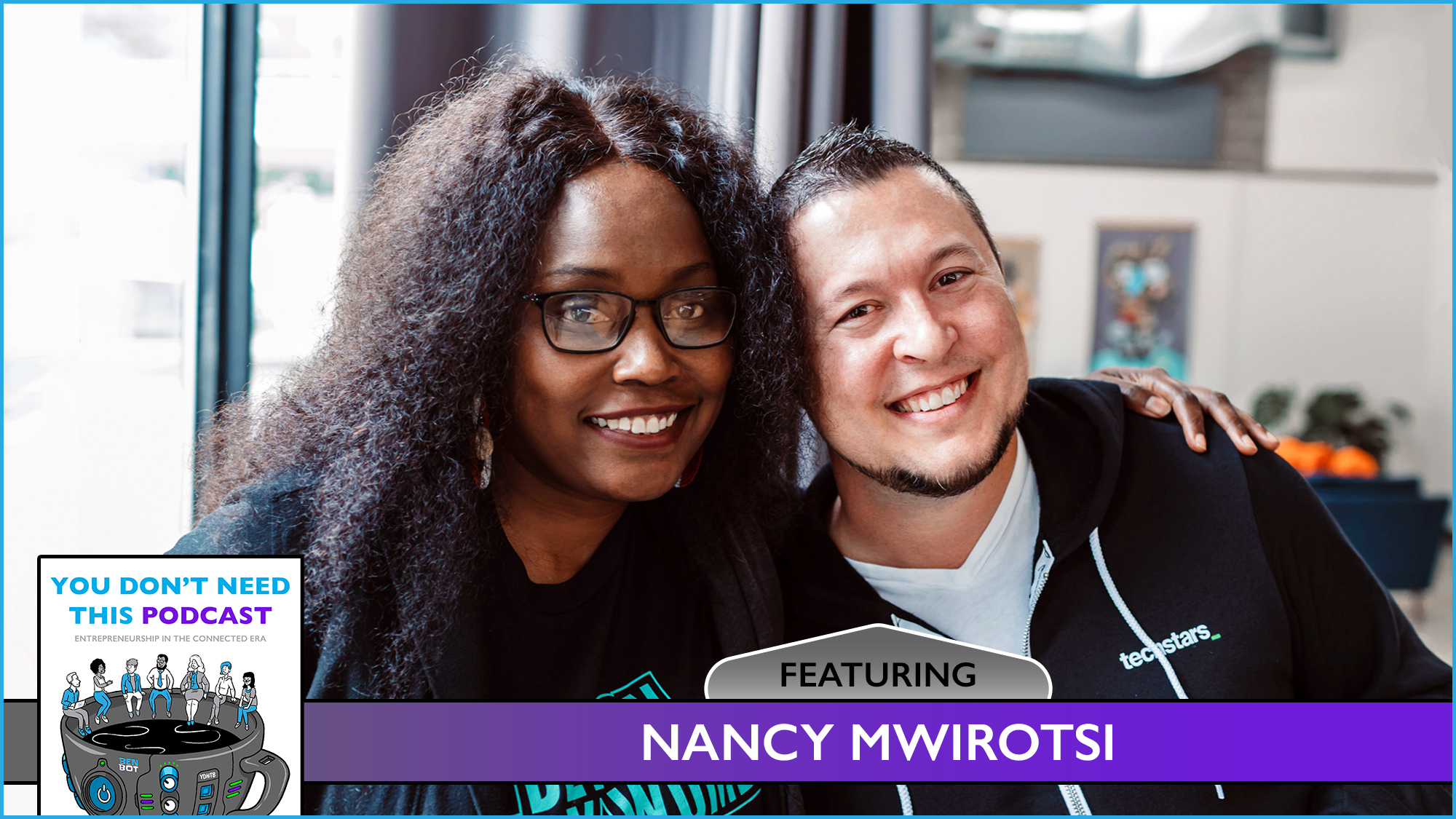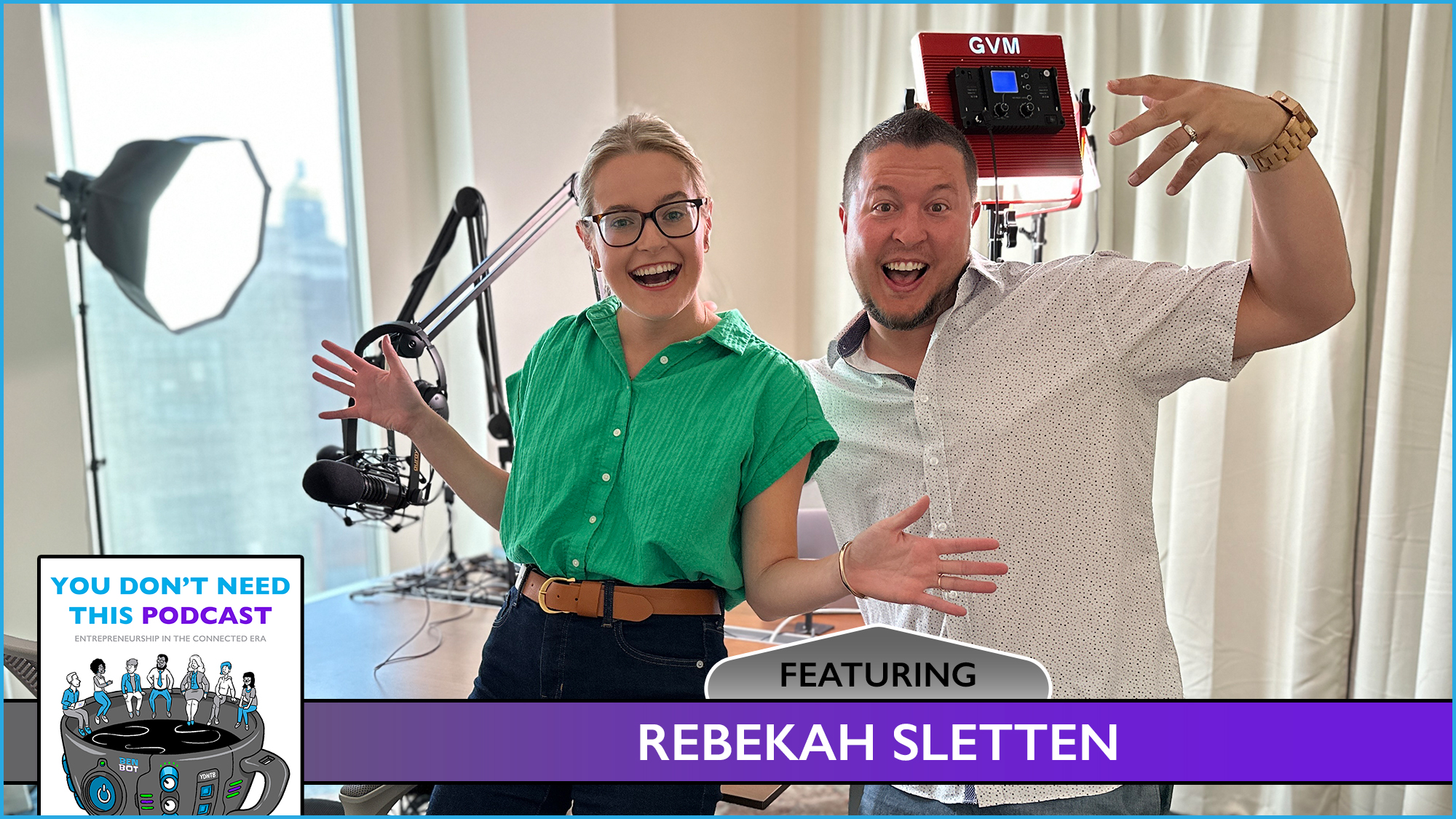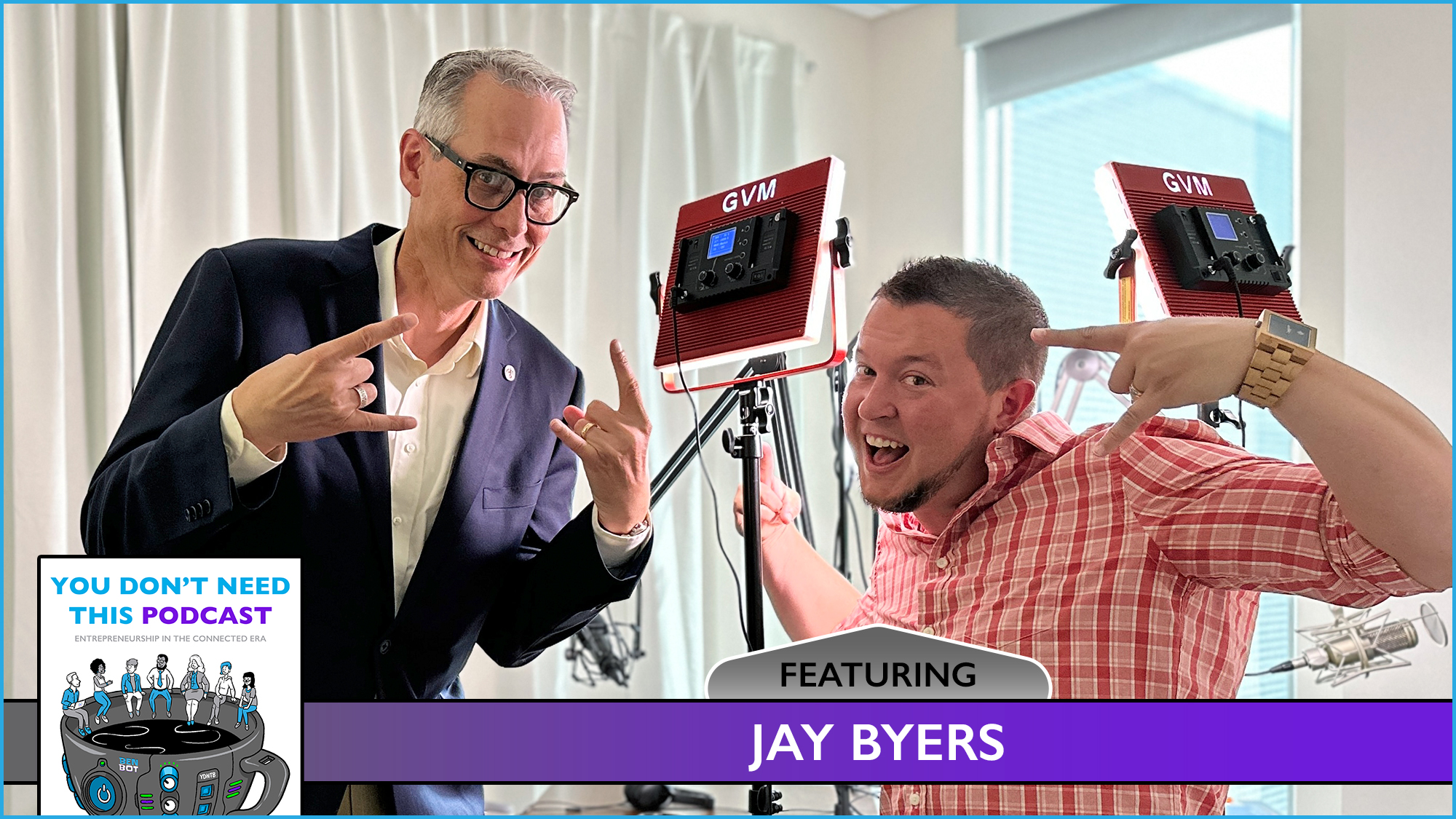This is your invitation to tinker.
The Headline Trap is real, life can feel busy, and we all have existing responsibilities, but take a moment to hold your arm as high as you can. Go ahead, I’ll wait…
Extra Shot
Need fresh ideas?
Try this daily exercise.
…ok, now…hold your arm higher! I bet you found room to push further, eh? This is a fun reminder that we all have more to give. Tinkering requires initiative, but we all have extra gears to help us avoid feeling like we left something on the table. Yes, comfortable feels safe and easy is easy, but why not turn a few knobs to see your idea twinkle?
When we accept an invitation to tinker, financial capital can speed things up, but time is usually the primary capital required. It’s amazing how much happens by showing up and activating a few early moves. While more of everything will be needed to commercialize an idea, thinking about this exploration through an adaptive lens of seasonality also reduces the weight of side hustles.
If you’re having a hard time finding inspiration, force yourself into environments were others are tinkering too. Community events within an entrepreneurial ecosystem can provide energizing human, intellectual, and network capital, but classrooms, makerspaces, hackathons, and coworking spaces are where people are tinkering together.
Whether it’s at home or in the community, tinkering celebrates pure wonder and will nourish your innovative spirit. Even if the answer is “no”, at least you’ll know.
Extra Shot
Things you dedicate time to will grow.



